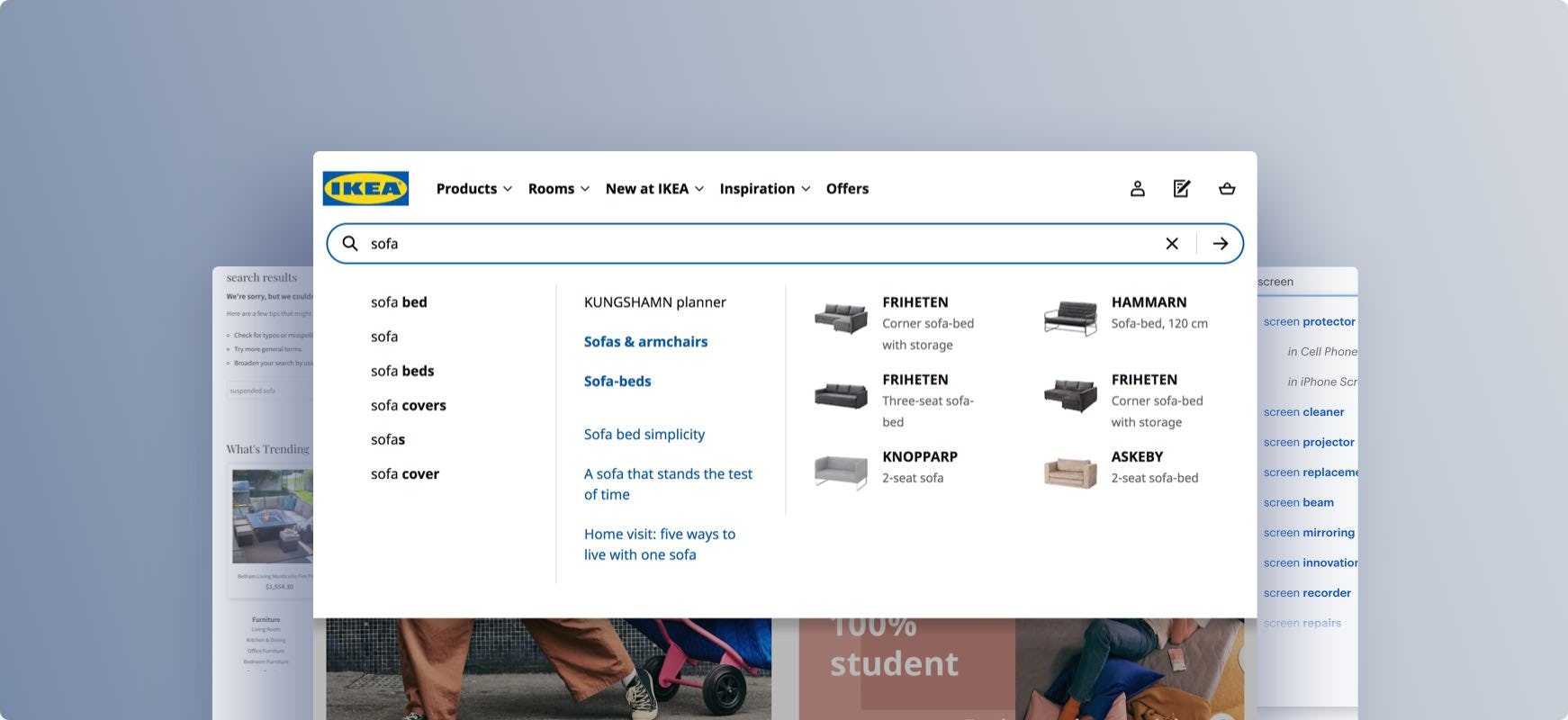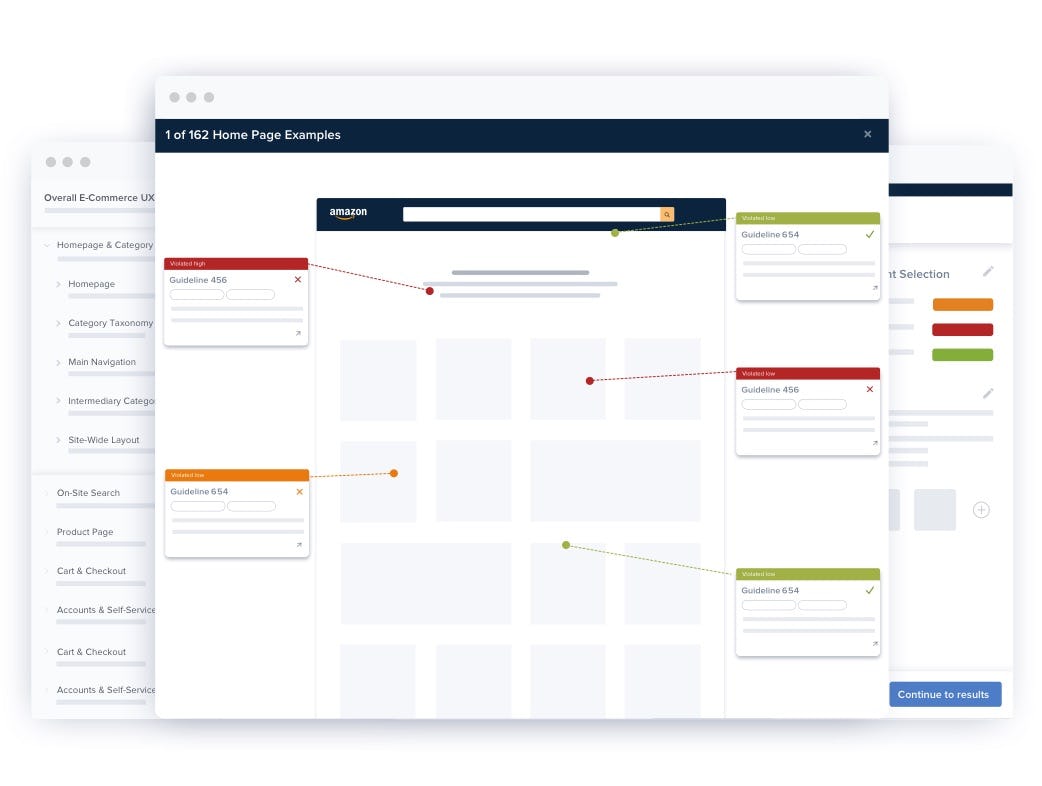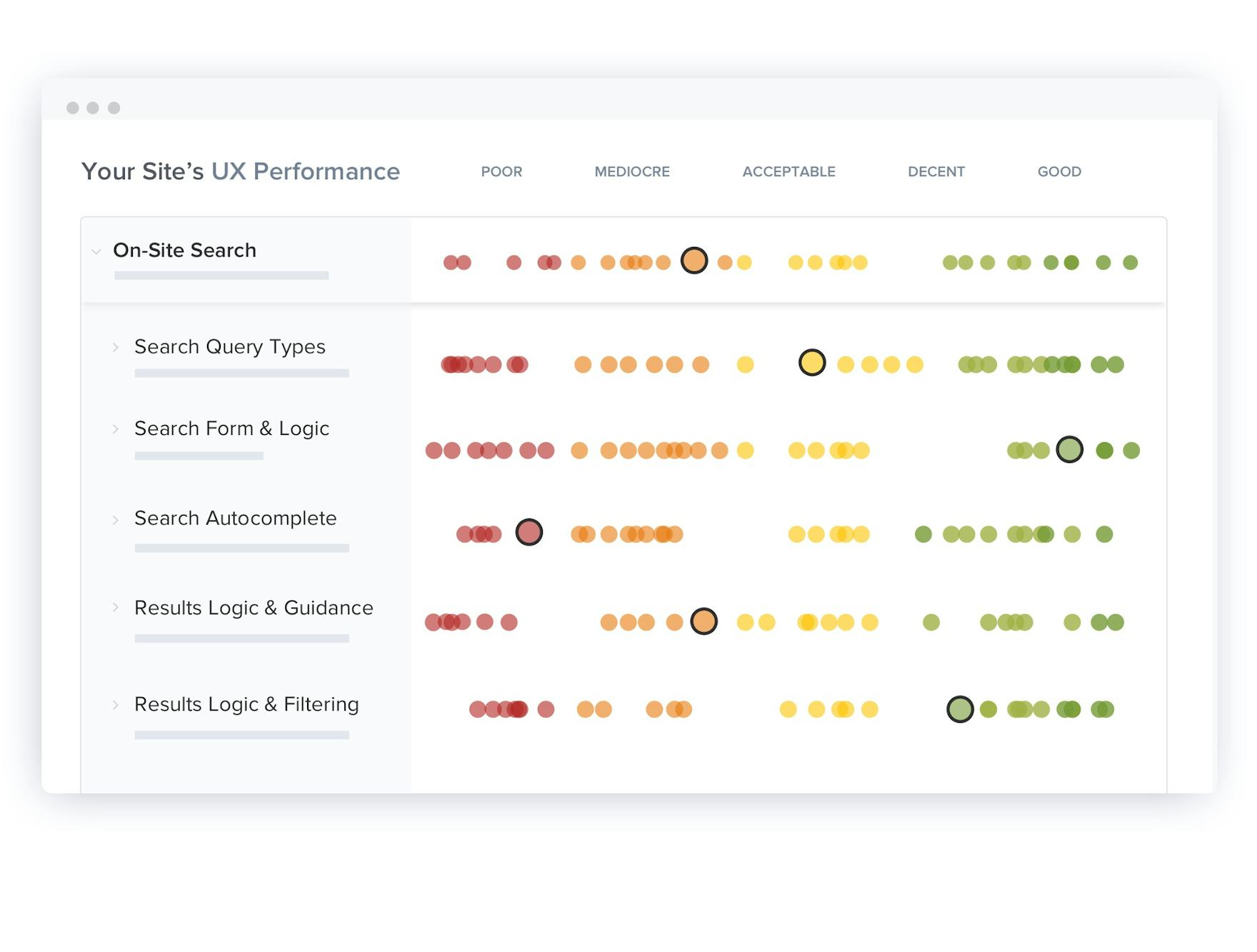Research Topic
E-Commerce Search UX
How do users construct product search queries and navigate search results on e-commerce sites?
This study is based on extensive usability research on how users construct product search queries and navigate the results on e-commerce sites – condensed into 49 search UX guidelines.
A group of users age 21-56 were recruited to test 19 leading e-commerce sites across 8 different verticals. Despite testing multi-million dollar sites, more than 700 search-specific usability issues arose during testing. All these issues have been analyzed and distilled into 49 guidelines on search usability.
From this research study, you’ll learn exactly what users expect as they perform searches on e-commerce sites, what typically goes wrong in the process, why it goes wrong, and exactly what changes to make to avoid these issues. In short: how to design a high-performing search experience for your users. After all, if users can’t find what they are searching for, they can’t buy it from you.
While many of the 49 guidelines will be on search logic, more than half of the guidelines are simple design and interaction changes for the search field, autocomplete functionality, and the search results page, as these elements proved to have just as crucial an impact on the user’s ability to find what they were looking for.
This page provides you with an overview of our research specific to E-Commerce Search UX. All of this research is available as part of Baymard Premium.
The Current E-Commerce Search UX Performance
To accompany the usability test sessions we’ve also benchmarked 244 leading US and European e-commerce sites across each of the On-site Search usability guidelines. Our Search UX benchmark database contains 6,000+ search elements that have been manually reviewed and scored by Baymard’s team of UX researchers, along with 3,500 best- and worst-practice examples from leading e-commerce sites (all categorized and performance verified).
The UX performance scores from our most recent Search UX benchmark update are plotted in the interactive scatterplot above.
The current overall lacking state of e-commerce search shouldn’t be understood as “users cannot use search on the benchmarked sites.” However, it is a clear indication that e-commerce search isn’t as easy to use as it should be and that users’ search success rates can be improved dramatically on many sites – even when looking at 244 major e-commerce sites. Generally, a high prioritization of the search experience is needed to catch up with those few sites who have a years-long head start, but it is achievable. Furthermore, as the poor overall state of search is present within all industries, most sites will have an opportunity to create a true competitive advantage by offering a vastly superior search experience compared to that of their competitors.
Since a poor-performing search experience can, aesthetically, look just as good as a high-performing search experience, gauging one’s own or a competitor’s search experience will require extensive testing and evaluation.
This is a subset of the full benchmark which includes 244 e-commerce sites.
View our full UX benchmark
View article “Deconstructing E-Commerce Search – The 12 Query Types
2,400+ Categorized Search Examples
FREE RESEARCH CONTENT
Explore design patterns across 2,400+ examples of e-commerce search designs and features from leading e-commerce sites, organized into 4 different page types. This is a great way to get inspiration for your own search design, and to get a feel for emerging trends in e-commerce search.
21 Research Articles on E-Commerce Search UX
FREE RESEARCH CONTENT
We’ve released a small subset of the Premium research finding on e-commerce search UX for free in these 21 articles:

New 2023 On-Site Search UX Benchmark with 1,000+ Performance Scores and 1,400+ Best Practice Examples
July 11, 2023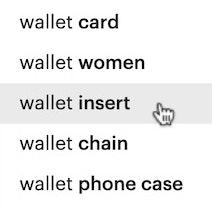
9 UX Best Practice Design Patterns for Autocomplete Suggestions (Only 19% Get Everything Right)
August 2, 2022Popular
Deconstructing E-Commerce Search UX: The 8 Most Common Search Query Types (42% of Sites Have Issues)
July 14, 2022Popular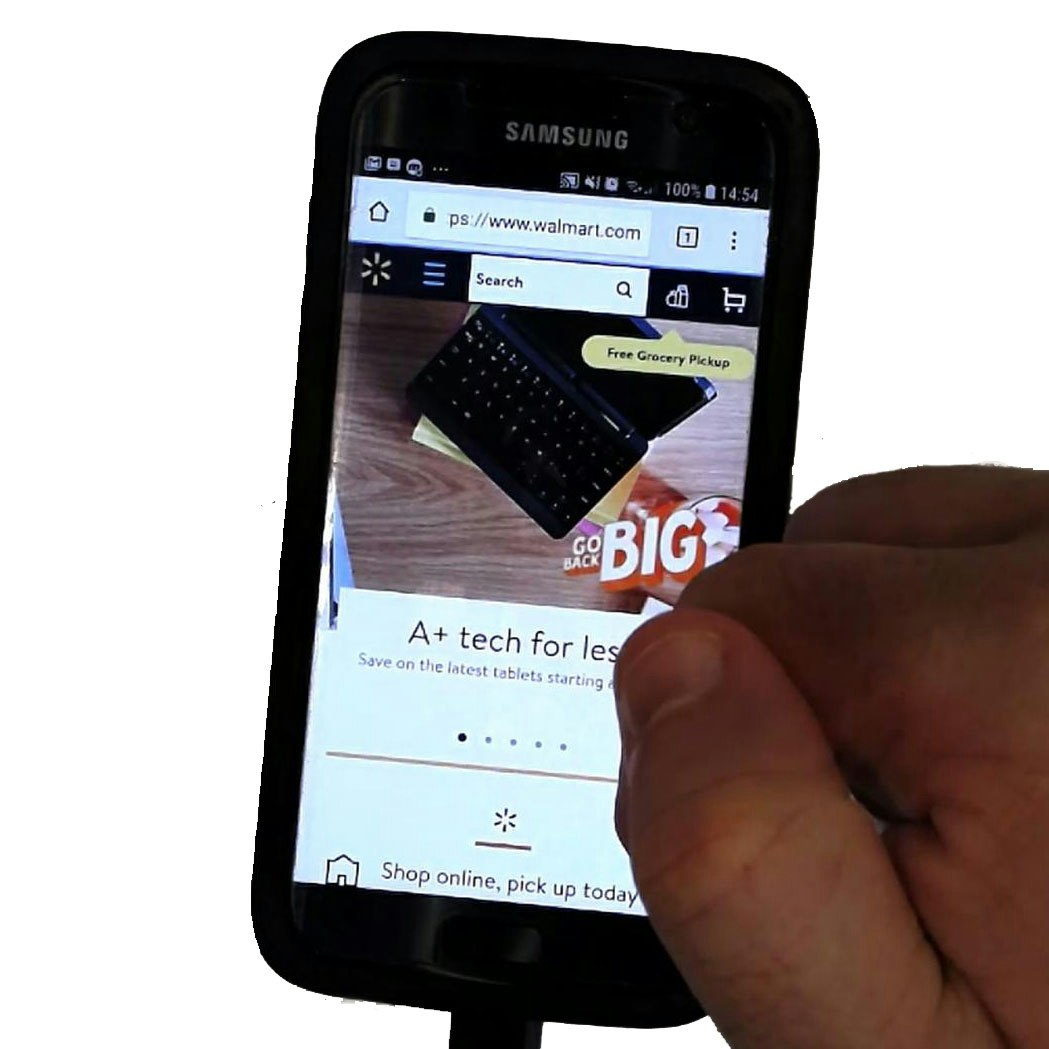
Mobile UX Trends: The Current State of Mobile UX (15 Common Pitfalls & Best Practices)
June 7, 2022Popular
5 Research Reports on Search UX
PAID RESEARCH CONTENT
All 49 Search UX research findings are available as part of Baymard Premium, and are divided into the following 5 reports (195 pages of research findings in total):
On-Site Search Topics
Search Query Types
Search Query Types
The prerequisites for a great search experience: understand the 12 different types of search queries that users typically submit on e-commerce sites, which your site’s search engine needs to support.
On-Site Search Topics
Search Form & Logic
Search Form & Logic
Search form design and function, both pre- and post-search, with usability considerations on the design and behavior of the search field itself, query persistence, search scope selection, etc.
On-Site Search Topics
Search Autocomplete
Search Autocomplete
How the autocomplete (also known as ‘predictive search’) should be designed, the types of suggestions it should make (products vs queries), keyboard input behavior, and more.
On-Site Search Topics
Results Logic & Guidance
Results Logic & Guidance
How to create a seamless query integration process, including how to guide users toward better paths through methods such as suggesting new queries, scopes, and ‘No results’ pages.
On-Site Search Topics
Results Layout & Filtering
Results Layout & Filtering
Layout and design of search results and how to implement filtering, dynamic list layouts, search snippets, loading more results, faceted search filters, value truncation, filter naming, dynamic sorting, and more.
Subscribe to Baymard Premium to access all of our Search UX research
Get full access to all our E-Commerce Search UX research reports, benchmarks, and page designs previewed here, along with our complete 650+ guidelines for Homepage & Category Navigation, Product Listing, Product Details Page, Checkout, Accounts & Self-Service, and Mobile E-Commerce. Utilize our 130,000 hours of UX research to improve your On-Site Search user experience and to document your UX decisions.
Test Methodology
This research on Search UX is part of Baymard Institute’s full 130,000 hours of large-scale research catalog, which is based on:
- Usability Testing: 25 rounds of qualitative usability testing with 4,400+ test participant/site sessions following the "Think Aloud" protocol (in-person 1:1 moderated lab usability testing).
- Manual benchmarking: 54 rounds of benchmarking the world’s 244 top-grossing e-commerce sites across all 650+ UX guidelines (150,000+ implementation examples and 225,000+ UX performance scores).
- In-lab eye-tracking testing.
- Quantitative studies: 12 studies with a total of 20,240 participants.
Baymard’s research methodology is described in detail here.
UX Audit Service
GET YOUR SEARCH EXPERIENCE REVIEWED
What are the 15 most important changes you can make to your e-commerce search engine and interface?
We will put together a detailed 40-page report of the 15 most important usability improvements you can make to your e-commerce search design and logic.
What Our Clients Are Saying

“Baymard produces some of the most relevant and actionable user experience research available. They really understand the needs of UX and Product Management professionals, and their deep experience in the eCommerce field allows them to offer sophisticated, nuanced insights.”

“Baymard has been a great resource in helping us improve the customer experience. We are continually applying these best practices to our sites.”

“I can not tell you how much help your benchmark studies have been for our company, e-commerce and UX teams. We have used and continue to use these reports for baseline benchmarks as we build test protocols or eye tracking scripts etc. in lab.”

“Thanks again for the great work on our checkout project. Our whole group found it incredibly insightful. We’re applying the suggestions you provided to our new checkout design which launches at the end of the month! One of my colleagues was also interested in your group’s competitive expertise with regard to responsive web and native apps.”

“Thank you. This was an excellent piece of work: professional, thorough, and actionable for the team. We’re very happy with the work Baymard has done for us.”

“Thank you very much for the 7 usability audits of our country-specific sites. The audits have provided us with specific and actionable advice, allowed us to prioritize development resources, and enabled us to compare UX performance between the 7 different country-specific sites, and against State of the Art implementations. The audit itself is done really professionally, and the recommendations contain actionable and insightful information.”

“Intelligent, consumer-focused insights that are clear and actionable. The team in the room really loved the way the Baymard Institute highlighted the optimizations in the various user experience elements (copy, layout, design, calls-to-action…), from the perspective of consumer struggles. Baymard’s Usability research really complements our other existing research tools.”

“Thank you, this was really insightful!”

“We’ve received some awesome feedback from our Merchant Success team as well as our merchants about all of the UX Audits we’ve had thus far with Baymard. Thank you so much to you and your team for all of your hard work. The pilot with Baymard has been going fantastic and I’m really excited with all that we’re learning! You have an amazing platform, team and super helpful data base for us to work with.”
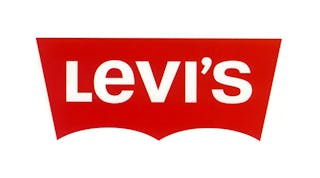
“Having Baymard is like having access to a magical UX super power. I can't believe how helpful and easy to use it is, given the vast array of tools and information they provide!”

“Baymard's audit services give us a detailed view of usability improvements across our entire site. This is so much more comprehensive than running individual usability studies.”

“Clear, concise, actionable, data-driven insights!”

“I was able to bring these designed solutions home with me and kickoff multiple optimization projects that I am confident will affect the site in a positive way, both in usability and conversion.”

“I just wanted to take a minute to thank you for the amazing work on this audit. You should know that this has been very well received internally and there’s a lot of excitement around adopting the ideas you have shared.”

“Very thorough and professional UX review of our website, based on an extensive amount of previous UX research insights within the industry, and specifically targeted to our needs. We received both critical and, most importantly, constructive feedback, along with actionable, prioritized suggestions and best-practice examples. This will allow us to address the areas of improvement and significantly help ameliorate the experience users have on our website, which in turn is expected to drive conversion rates and reduce the number of customer service requests. We can highly recommend Baymard's UX audit.”

“Damn. The reports that the @Baymard folks do cost money, but they’re worth it.”

“This has been fantastic: really good recommendations, really comprehensive.”

“I can confirm that the list was fully implemented. Every time we put up a change we either A/B test or we watch it very closely to determine that it’s doing better and not the opposite. So I can confirm that these fixes have improved our checkout. Thanks for everything.”

“Excellent tool – looking forward to using it with our other sites and prototypes as they’re developed.”
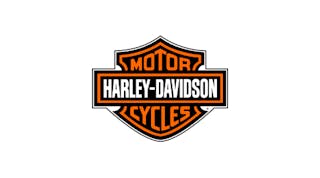
“We found the audits extremely helpful and validated a number of changes we have been wanting to make or are in the process of making, so thank again for all the great insights.”

“This was indeed very helpful guidance and a very well-documented roadmap for us to fix, validate, organize, collectively understand and continually improve our ecommerce foundation.”

“It is immensely valuable having a thorough, independent study to help validate my work and in particular, help facilitate buy-off from stakeholders. Baymard has quickly become one of my most trusted resources for the UX/UI field.”

“I found the UX audit a very comprehensive evaluation, with clear reports and actionable recommendations. Baymard's commitment to excellence in user experience shines through its thorough approach!”
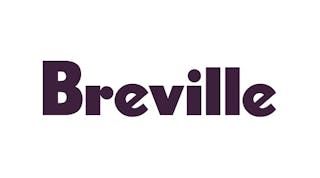
“Thanks for everything. The audit was extremely useful, I think we have gained valuable insight.”

“This was…mind-blowing. We’ve been having conversations on the side as you’ve been presenting the audit findings. There’s so much to do!”
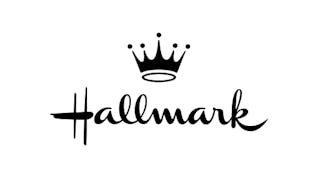
“These reports are fabulous. The content is exactly what our team has been looking for, and so much more! Extremely helpful, thank you!”

“I have found the M-Commerce and E-Commerce reports very useful, thank you!”

“I’m an avid user of your reports and recommendations. I have leveraged your articles and findings throughout my career in B2B, B2C, and hospitality.”

“The Baymard team has been a delight to work with on the JohnLewis digital platform audit. They responded to the brief very well, have been very accessible for ongoing clarification and queries and Rebecca was excellent in the recent team share, articulately presenting findings in an engaging walk-through with the wider team which will really support driving engagement and a robust response. Many thanks for all the effort and focus folks.”

“The Baymard reports have proven to be an invaluable resource for us. Comprehensive, pragmatic and actionable. We have redesigned our checkout process and made changes to our category pages based on usability guidelines in the reports.”

“Thanks for this audit and your good work. This was exactly what I was aiming for. Also thanks for the very, very professional presentation, and answering all our countless questions. Very good work.”

“I just wanted to let you know that I think your site is the best thousand bucks I’ve ever spent. I wish I found you years ago.”

“First off, thank you. This was the most engrossed I’ve ever been in a 2-hour meeting. This [audit presentation] was incredibly insightful and very helpful. Many, many thanks.”

“We are very excited to finally proceed with the UX improvements, and I truly believe your audit report will be super helpful to put us ahead of the wave. If you ever need a reference, please do not hesitate to share my contact.”

“Baymard has helped so much: UX was a brand new role at my company when I was hired. I was researching, planning, and designing UX & UI for 5 different products, all by myself. After showing real-world, bottom-line results from a UX centered approach to our products, we have expanded our UX team and greatly improved our UX-to-product process. Baymard’s research database was a critical component to my (and my company’s) success. Thank you!”

“Wanted to thank you again for the checkout audit and walking us through the process. It was super helpful and we can’t wait to apply the changes to our checkout for a better user experience.”

“The recommendations in our audit were awesome - well prioritized, actionable and helped us focus on what to optimize. This audit, along with the e-Commerce Reports & Benchmark Databases, are my go-to resources for thorough, insightful information. Thank you!”

“This is awesome so far. Everyone wants to know what's going on – you just got everyone's attention here. Everything that you've called out is definitely eye-opening for us over here.”

“Some time ago we purchased the Ecommerce Homepage & Category report - the research and insights are extremely useful to us and help us a lot in our work!”

“Given the tricky science of conversion rate optimization, it is great to know that you are dealing with professionals whose advice is based on solid research. It was a pleasure collaborating with the Baymard team.”

“Within a very short time Baymard Institute provided 15 clear, useful improvement suggestions for our checkout process. We intend to implement all of them. It’s easy to find companies that offer website improvement suggestions. But, most companies don’t do their homework and don’t provide specific examples of how best to make the improvements. With Baymard Institute, the checkout process suggestions they made were intuitive, specific, and actionable. I highly recommend their audit service.”

“This UX audit has been very helpful, not just for our design and product teams, but even for the UX research team, because we can reference back to the audit, either in the design of a user research session or when we analyze findings. Thank you very much; this has been incredibly valuable.”

“The Baymard UX audit has been a revelation for our organisation and will likely become a vital tool in our process moving forward.”

“Working with Baymard for our UX audit was an exceptional experience from start to finish. Their attention to detail, depth of analysis, and clear communication throughout the process truly exceeded our expectations. The insights they provided were not only actionable but profoundly insightful. I highly recommend Baymard for their expertise, professionalism, and commitment to elevating user experiences.”

“The audit opened our eyes once again, as we are often blind to our own operations. The comparison with competitors' best practices was particularly helpful.”
